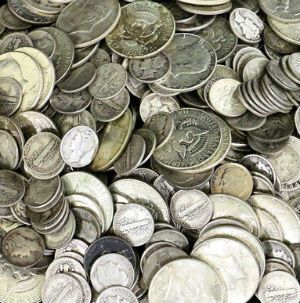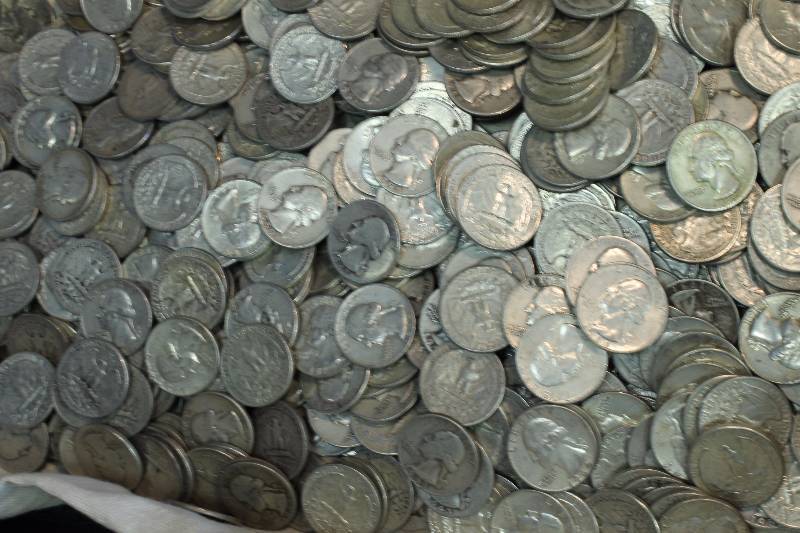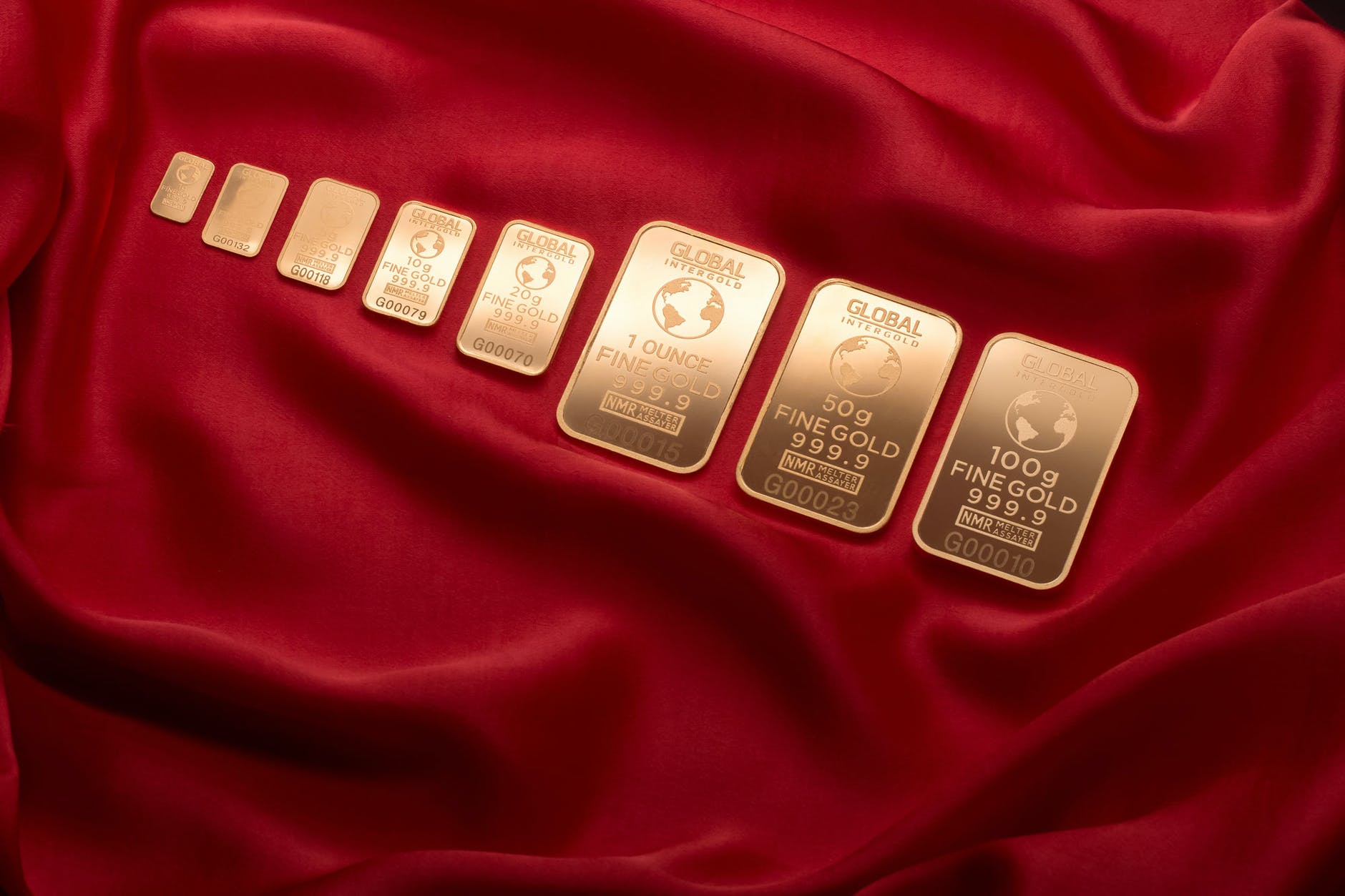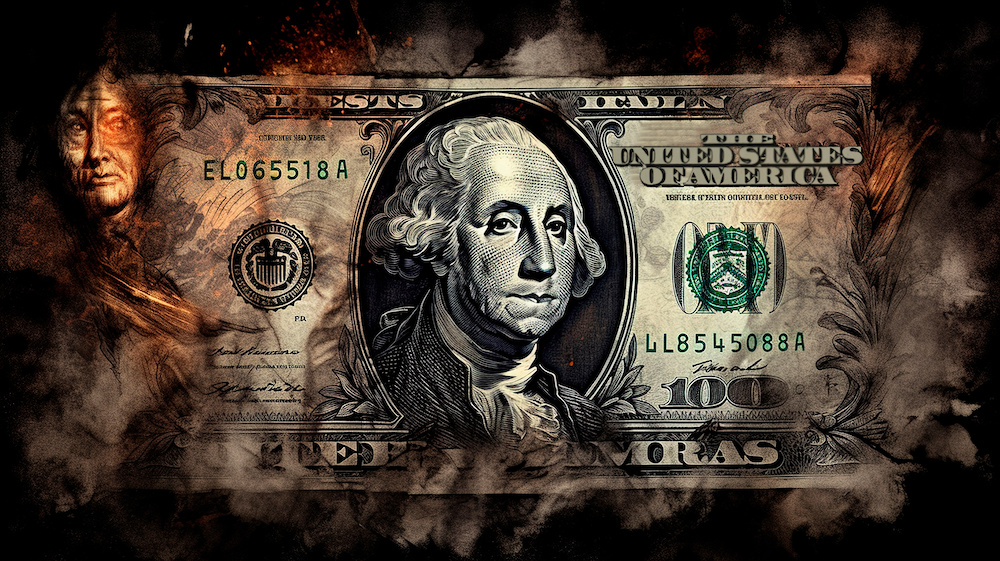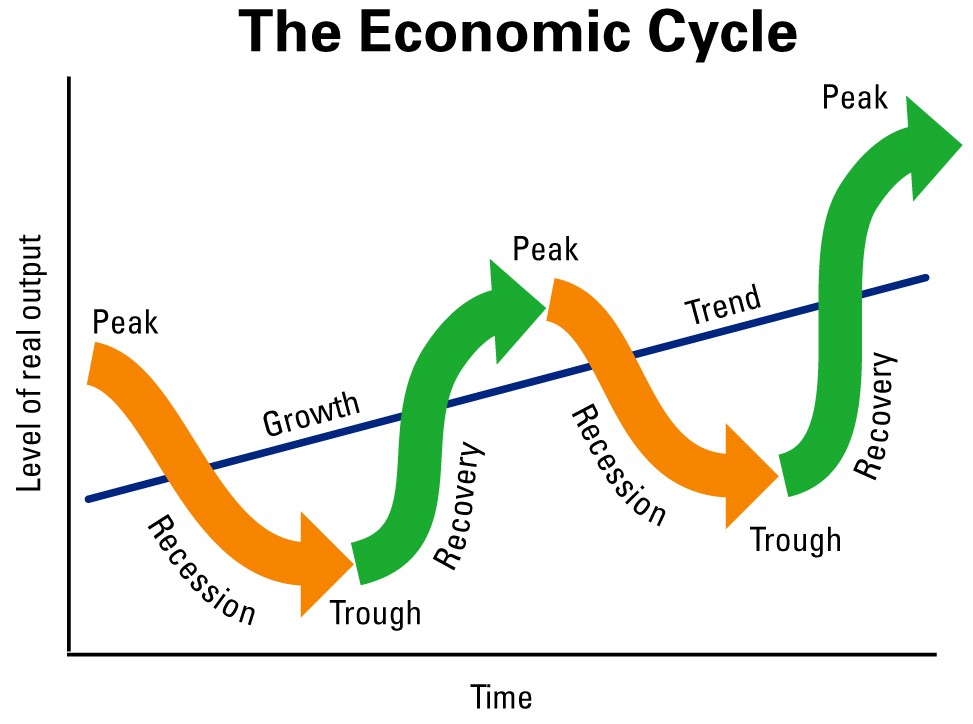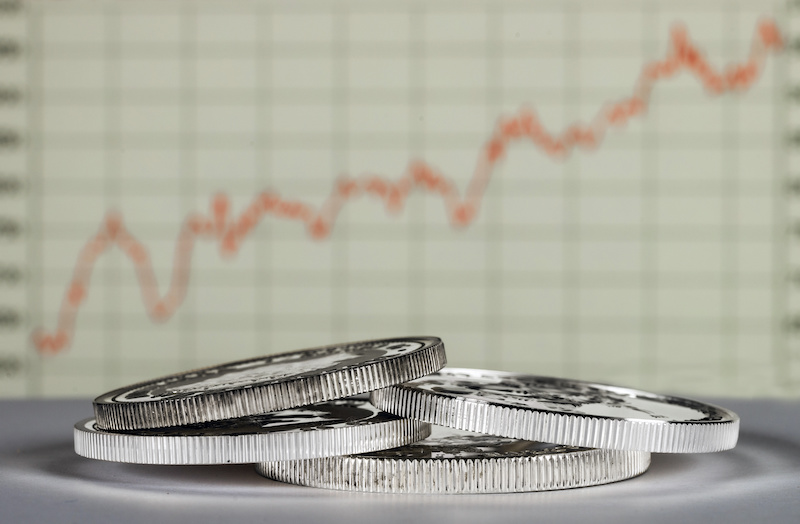Just a few years ago, prepping for a financial collapse or societal disruption was something most people wrote off. Today? It’s straight-up common sense. Between ongoing inflation, rising interest rates, widespread layoffs, and household debt climbing to all-time highs, even the most potent voices in finance, like JPMorgan CEO Jamie Dimon, are warning of storms ahead.
A 2024 Bankrate study showed that 56% of Americans can’t cover a $1,000 emergency expense from savings.
So, let’s talk about why silver is one of the smartest prepper assets.
Why Silver Makes Sense for Prepping
In a worst-case scenario—power grid failure, cyberattack, hyperinflation, or widespread panic—debit cards and apps won’t work. Physical silver is a trusted, real-world medium of exchange.
Unlike gold, silver is naturally fractional and easier to use for bartering. That makes it especially powerful for day-to-day trade in a crisis.
Start with 90% Junk Silver
The term “junk silver” refers to U.S. coins minted before 1965 that contain 90% silver. These include:
- Half Dollars
- Quarters
- Dimes
They’re called “junk” because they have no collector premium, making them perfect for everyday use and storage.
Identifying 90% Silver Coins
Visually, you can identify junk silver by looking at the coin’s edge. Coin roll hunters often use this trick when searching through boxes of bankrolls.

- Visual check: Pre-1965 coins have a solid silver edge (no copper stripe).
- Weight test: Use a cheap gram scale to verify authenticity.
| Denomination | Face Value | Gross Weight | Silver Content (ASW) |
|---|---|---|---|
| Half Dollar | $0.50 | 11.34g | 10.206g (0.328 ozt) |
| Quarter | $0.25 | 6.25g | 5.625g (0.1808 ozt) |
| Dime | $0.10 | 2.5g | 2.25g (0.0723 ozt) |
Each $1 face value = approx. 0.715 troy oz of silver. That means a $10 roll of quarters = 7.15 oz.
Junk silver is:
- Easy to verify and tough to fake
- Real intrinsic value
- Naturally fractional for bartering
- Durable and compact for storage
Holding onto even a small stack helps understand its intrinsic value and why it has been used as real money for hundreds of years. We’ve seen in the wake of hurricanes and other natural disasters that debit cards, Apple Pay, and ATM machines don’t work when the power grid goes out.
Buying 90% junk silver coins is the most practical way to stack fractional silver with your preps, which is hard to counterfeit and simple to authenticate.
Don’t Sleep on 40% and 35% Silver Coins
If 90% silver is out of budget, consider these overlooked options:
- 40% Kennedy Half Dollars (1965–1970): Lower silver content, but often available cheaper by weight.
- War Nickels (1942–1945): Minted with 35% silver to save nickel during WWII. Still plentiful and legit.
These may not be as glamorous, but they’re underrated prepper picks with real melt value.
Scaling Up with 1 oz Silver Coins & Rounds
After stacking junk silver, the next move is 1 oz silver coins and rounds. This weight is widespread and can be found in online bullion dealers, marketplaces, or local coin shops. One-ounce silver coins and rounds have become a popular way to hold an investment in silver.
There is only one single characteristic that distinguishes a silver coin from a silver round. Coins are government issued and carry the legal tender designation. This guarantees that each coin’s weight and purity are minted to the exact specifications outlined in the law.
| Feature | Coins | Rounds |
|---|---|---|
| Issuer | Minted by sovereign governments | Minted by private refineries |
| Legal Tender | Yes | No |
| Weight & Purity Guarantee | Guaranteed by law | Based on private mint reputation |
| Examples | American Silver Eagle, Maple Leaf, Britannia | Sunshine Mint Rounds, SilverTowne Rounds, generic 1 oz rounds |
| Premiums | Typically higher due to legal tender status and government backing | Usually lower; more affordable per ounce |
A Silver Maple Leaf might cost $38+, while a silver round may only be $33. That adds up fast.
Silver rounds are similar to coins in shape, composition, and dimension. They are designed to mimic the feel of coins and have a similar composition and silver purity. One-ounce silver coins and rounds share the same intrinsic silver value based on the spot price.
Even Costco and Walmart now sell 1 oz silver products, proving silver isn’t fringe anymore—it’s mainstream.
Silver Is the Prepper’s Currency
Silver checks all the boxes:
- Portable
- Durable
- Fungible (small denominations = easy to spend)
- Trustworthy (globally recognized)
In a world where the financial system can glitch out, grid down, or break under pressure, you want a backup that doesn’t need Wi-Fi.
Whether you’re hedging against inflation or prepping for the apocalypse, silver is tangible, barter-ready money. Start with junk silver, stack smart, and sleep a little better at night.
